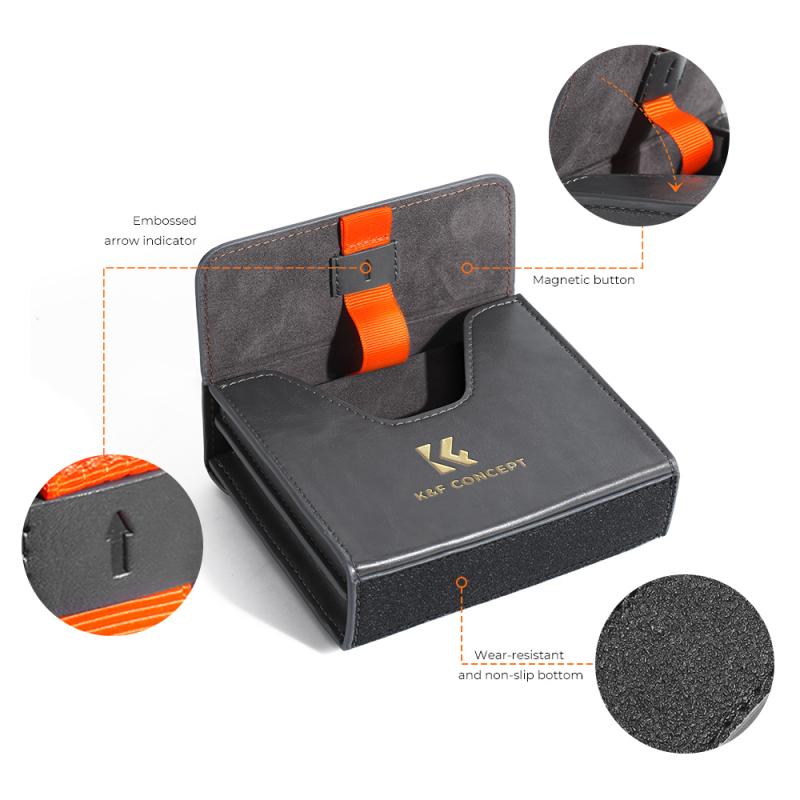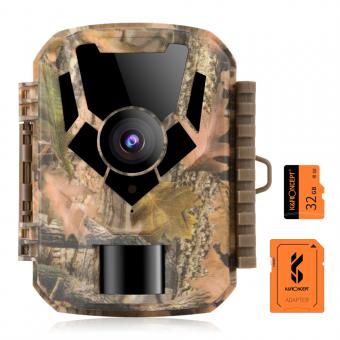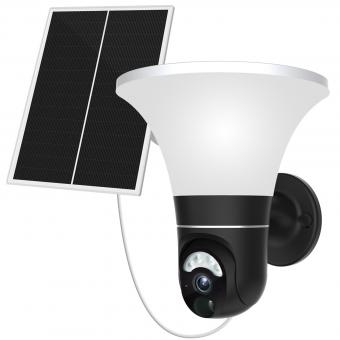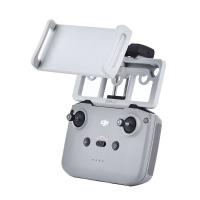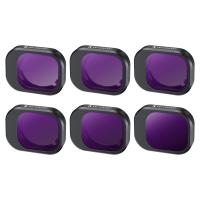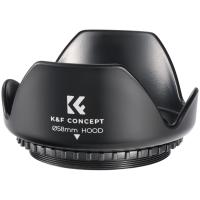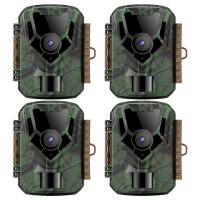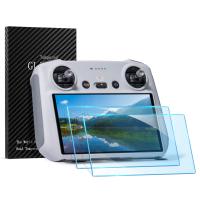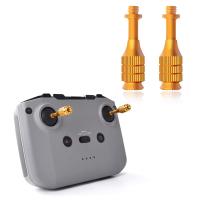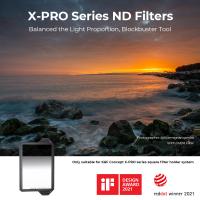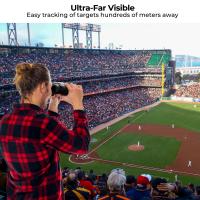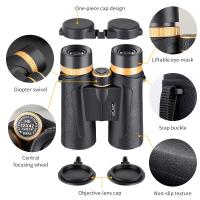How Does A Digital Camera Take Long Exposures ?
A digital camera takes long exposures by keeping the camera's shutter open for an extended period of time. This allows more light to enter the camera's image sensor, resulting in a brighter and more detailed image. The camera's settings can be adjusted to control the duration of the exposure, typically ranging from a few seconds to several minutes. During the long exposure, the camera must be kept steady to avoid blurring the image due to camera shake. Tripods or other stabilization methods are often used to ensure a sharp and clear long exposure photograph.
1、 Shutter Speed Adjustment
A digital camera takes long exposures through a process called "Shutter Speed Adjustment." Shutter speed refers to the length of time the camera's shutter remains open, allowing light to enter and hit the camera's image sensor. In the case of long exposures, the shutter is kept open for an extended period, typically several seconds or even minutes.
To achieve long exposures, digital cameras offer various shutter speed settings, allowing photographers to control the duration of the exposure. This adjustment can be made manually or automatically, depending on the camera's capabilities. When the shutter speed is set to a longer duration, the camera captures more light over time, resulting in a brighter and more detailed image.
During a long exposure, the camera's sensor accumulates light from the scene, capturing any movement or changes that occur within the frame. This can create interesting effects, such as light trails from moving objects, smooth water surfaces, or star trails in the night sky.
In recent years, digital cameras have seen advancements in their ability to handle long exposures. Some cameras now offer built-in noise reduction algorithms that help reduce the digital noise that can occur during extended exposures. Additionally, advancements in sensor technology have improved the overall image quality, allowing for cleaner and more detailed long exposure shots.
Overall, the ability of a digital camera to take long exposures is a result of the adjustable shutter speed settings and the camera's ability to capture and process light over an extended period. These features, combined with technological advancements, have made long exposure photography more accessible and enjoyable for photographers of all levels.
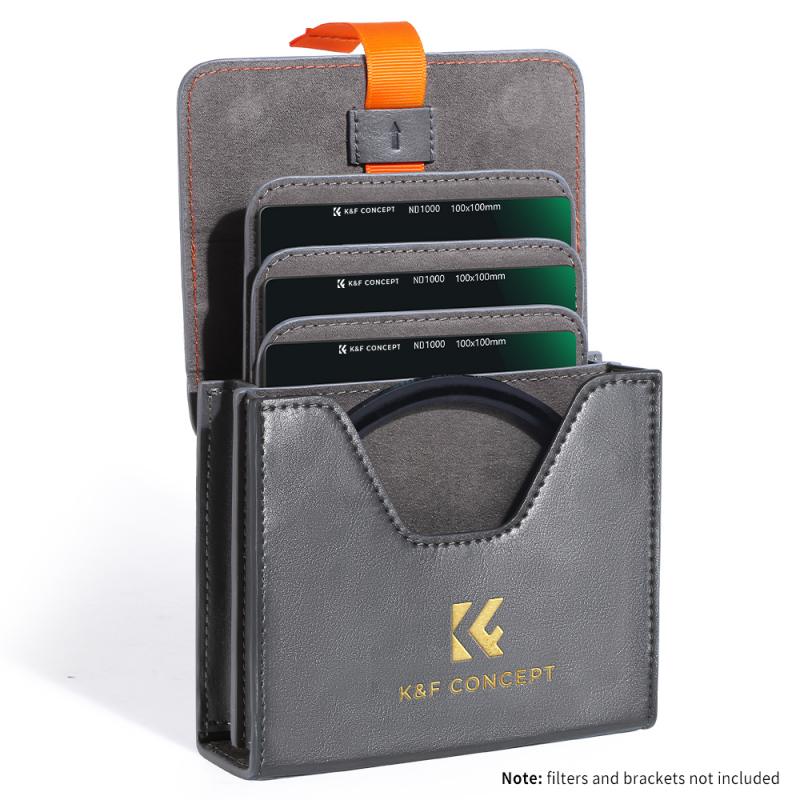
2、 ISO Sensitivity Control
A digital camera takes long exposures by utilizing ISO Sensitivity Control, which is a feature that allows the camera to adjust its sensitivity to light. When capturing a long exposure, the camera's sensor needs to gather light for an extended period of time, which can result in overexposure if the ISO sensitivity is not properly controlled.
ISO Sensitivity Control refers to the camera's ability to adjust the sensitivity of its image sensor to light. In the context of long exposures, the camera typically needs to reduce its sensitivity to prevent the image from being overexposed. This is because the longer the exposure time, the more light the sensor gathers, and without adjusting the ISO sensitivity, the resulting image would be too bright.
In modern digital cameras, ISO Sensitivity Control is achieved by adjusting the gain of the sensor's amplifier. By reducing the gain, the camera can effectively decrease the sensitivity to light, allowing for longer exposure times without overexposing the image. This adjustment is typically done automatically by the camera's exposure metering system, which evaluates the scene's brightness and determines the appropriate ISO setting.
It is worth noting that advancements in camera technology have led to improved ISO performance in recent years. Many modern cameras offer high ISO capabilities, allowing for longer exposures even in low-light conditions. Additionally, some cameras employ noise reduction algorithms to minimize the digital noise that can be introduced when using higher ISO settings.
In conclusion, a digital camera takes long exposures by adjusting its ISO sensitivity control, which reduces the sensitivity to light and prevents overexposure. The latest advancements in camera technology have improved ISO performance, enabling photographers to capture long exposures even in challenging lighting conditions.
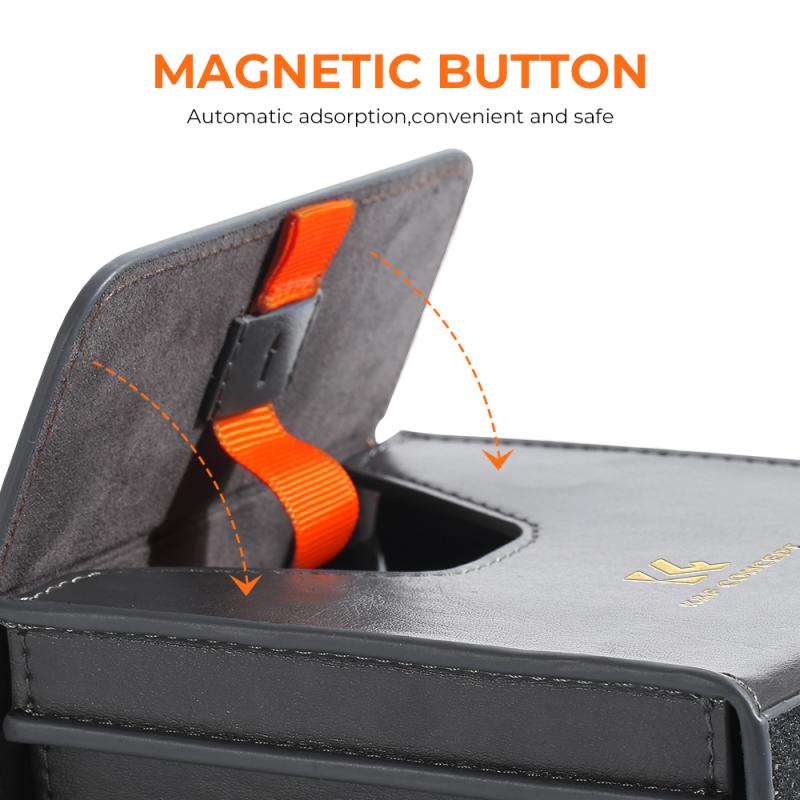
3、 Aperture Adjustment
A digital camera takes long exposures through a process called "Aperture Adjustment." Aperture refers to the opening in the lens that controls the amount of light entering the camera. By adjusting the aperture, the camera can control the exposure time, allowing for longer exposures.
When capturing a long exposure, the camera's aperture is set to a smaller size, typically a higher f-number (e.g., f/16 or f/22). This reduces the amount of light entering the camera, which in turn increases the exposure time needed to capture a properly exposed image. The smaller aperture also increases the depth of field, resulting in a larger area of the image being in focus.
In a digital camera, the aperture adjustment is controlled electronically. When the photographer selects a longer exposure time, the camera's software calculates the appropriate aperture size to achieve the desired exposure. The camera then adjusts the lens's diaphragm to the specified aperture setting.
It is worth noting that advancements in digital camera technology have made long exposures more accessible and convenient. Many modern digital cameras offer a range of exposure settings, including bulb mode, which allows for exposures longer than the camera's standard maximum shutter speed. Additionally, some cameras have built-in noise reduction algorithms that help reduce digital noise, a common issue in long exposures.
Overall, the aperture adjustment is a crucial aspect of how a digital camera takes long exposures. By controlling the amount of light entering the camera, the aperture allows for longer exposure times, enabling photographers to capture stunning images of low-light scenes, star trails, or smooth water effects.

4、 Bulb Mode Activation
A digital camera takes long exposures through a feature called "Bulb Mode Activation." In this mode, the camera's shutter remains open for an extended period, allowing more light to reach the image sensor. This results in capturing scenes with low light conditions or creating stunning effects like light trails or star trails.
When the camera is set to Bulb Mode, the shutter opens when the shutter button is pressed and remains open until the button is released. This allows the photographer to manually control the exposure time, which can range from a few seconds to several minutes or even hours. The camera's sensor continuously records the incoming light during this time, resulting in a single image that combines all the light captured over the duration of the exposure.
To prevent camera shake during long exposures, it is essential to use a tripod or other stable support. Additionally, using a remote shutter release or the camera's built-in timer can further minimize any movement caused by pressing the shutter button.
In recent years, digital cameras have seen advancements in their ability to handle long exposures. Improved sensor technology and noise reduction algorithms have allowed for cleaner and more detailed images even in low light conditions. Some cameras also offer built-in intervalometers, which automate the process of capturing multiple long exposure images at set intervals, making it easier to create time-lapse sequences or capture star trails.
Overall, Bulb Mode Activation in digital cameras provides photographers with the flexibility to experiment with long exposures, enabling them to capture unique and creative images in various lighting conditions.
